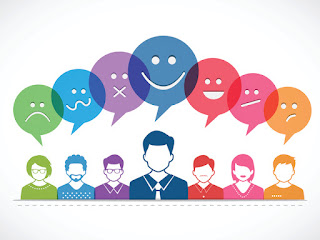How to Sell Your Brand Through Story

Have you ever been introduced to an overly chatty person? They pause briefly to learn your name, then launch into an extended monologue about their life and interests. After finally "escaping" the interlude, you realize they didn't ask you a single question. When you meet someone like this, does it raise a red flag? This pushy demeanor causes you to lose trust in their entire character. The same can be true in marketing when companies spend too much time talking about themselves instead of authentically connecting with consumers. Without building adequate rapport, marketers prematurely oversell or repel prospects for good. How can you avoid this mistake? By building connections through story. The Human to Human Connection Building brand stories sets buyers at ease and creates the best possible customer experience. Today's consumers prefer an increasingly personalized experience, and sharing your brand through story is one of the best ways







